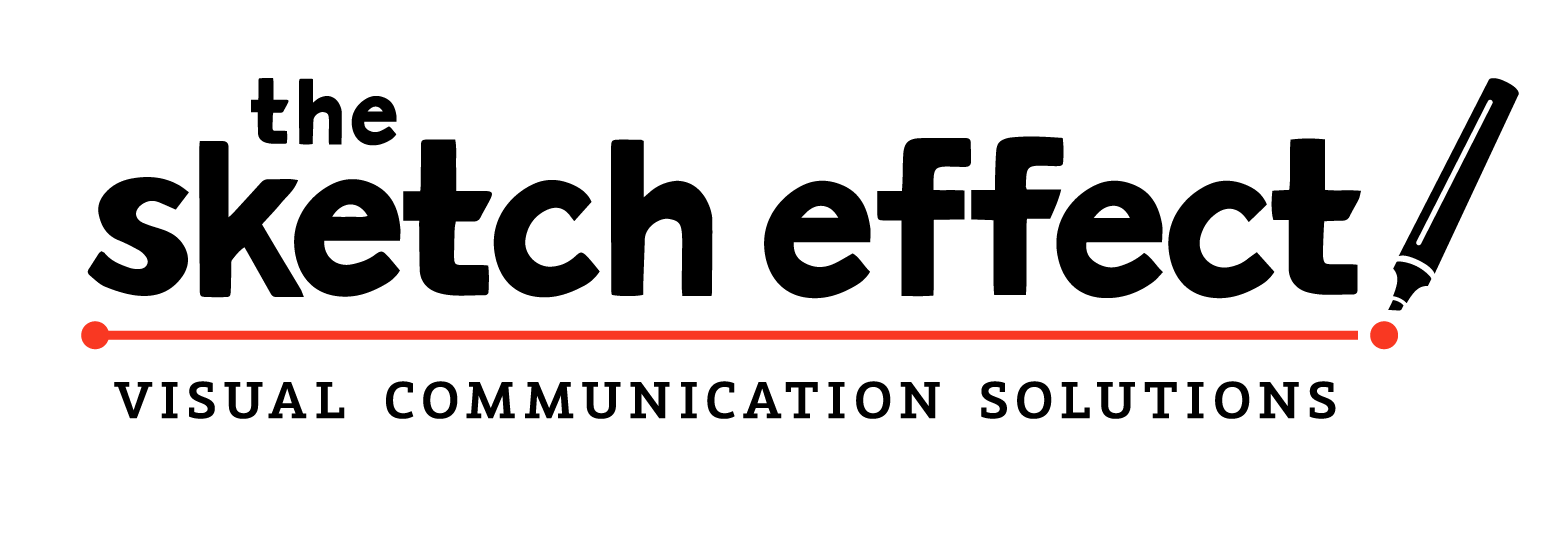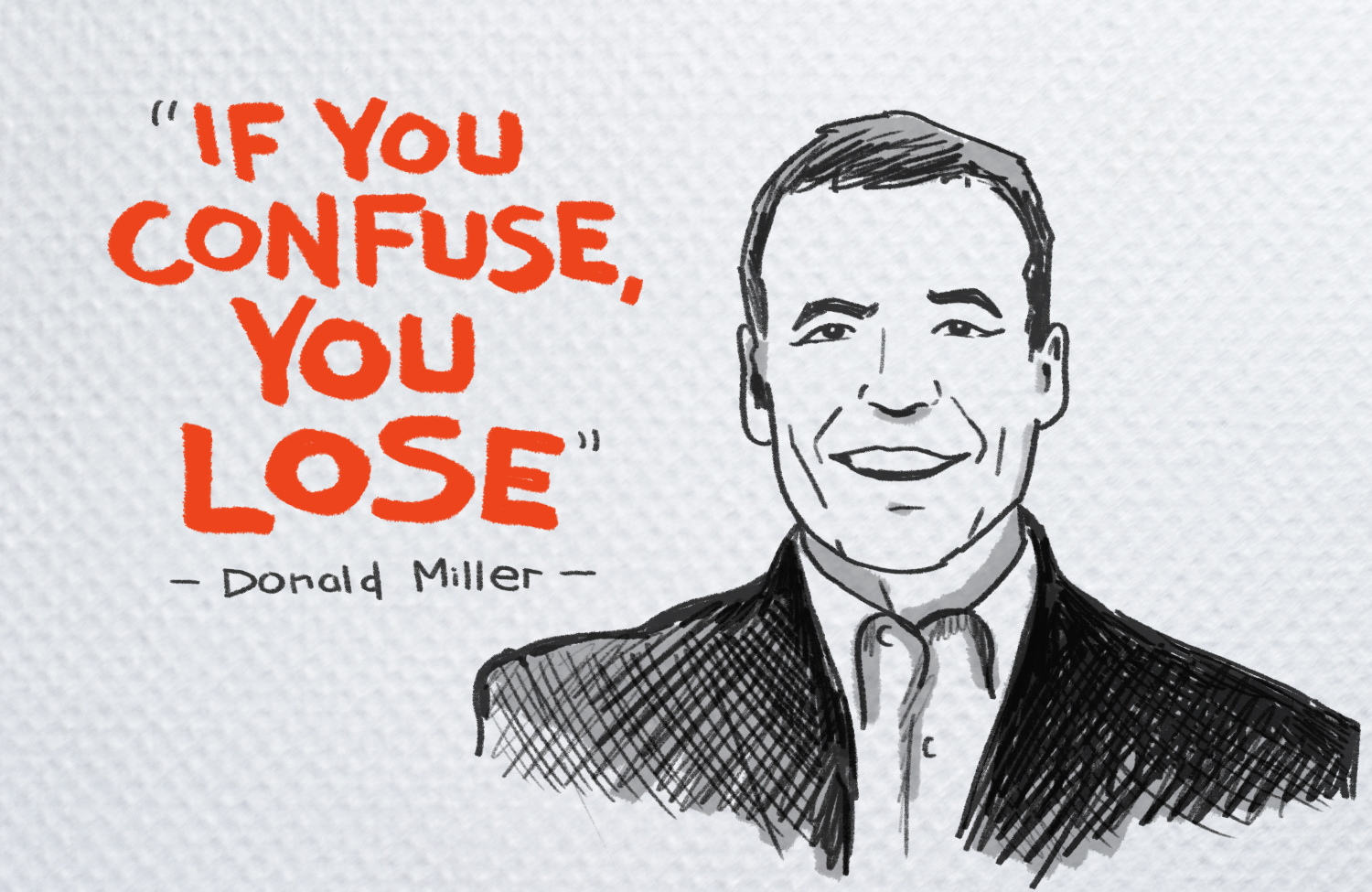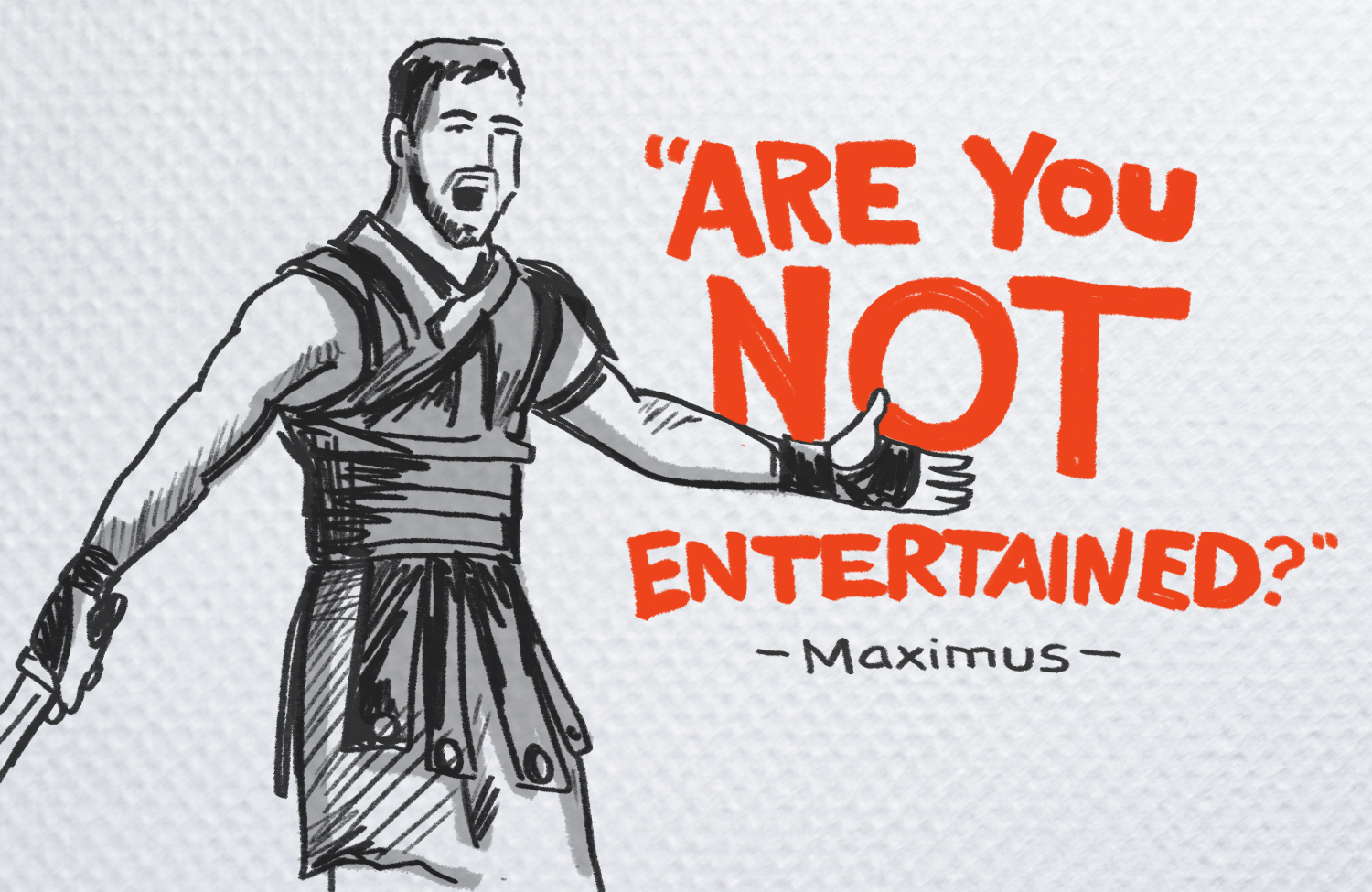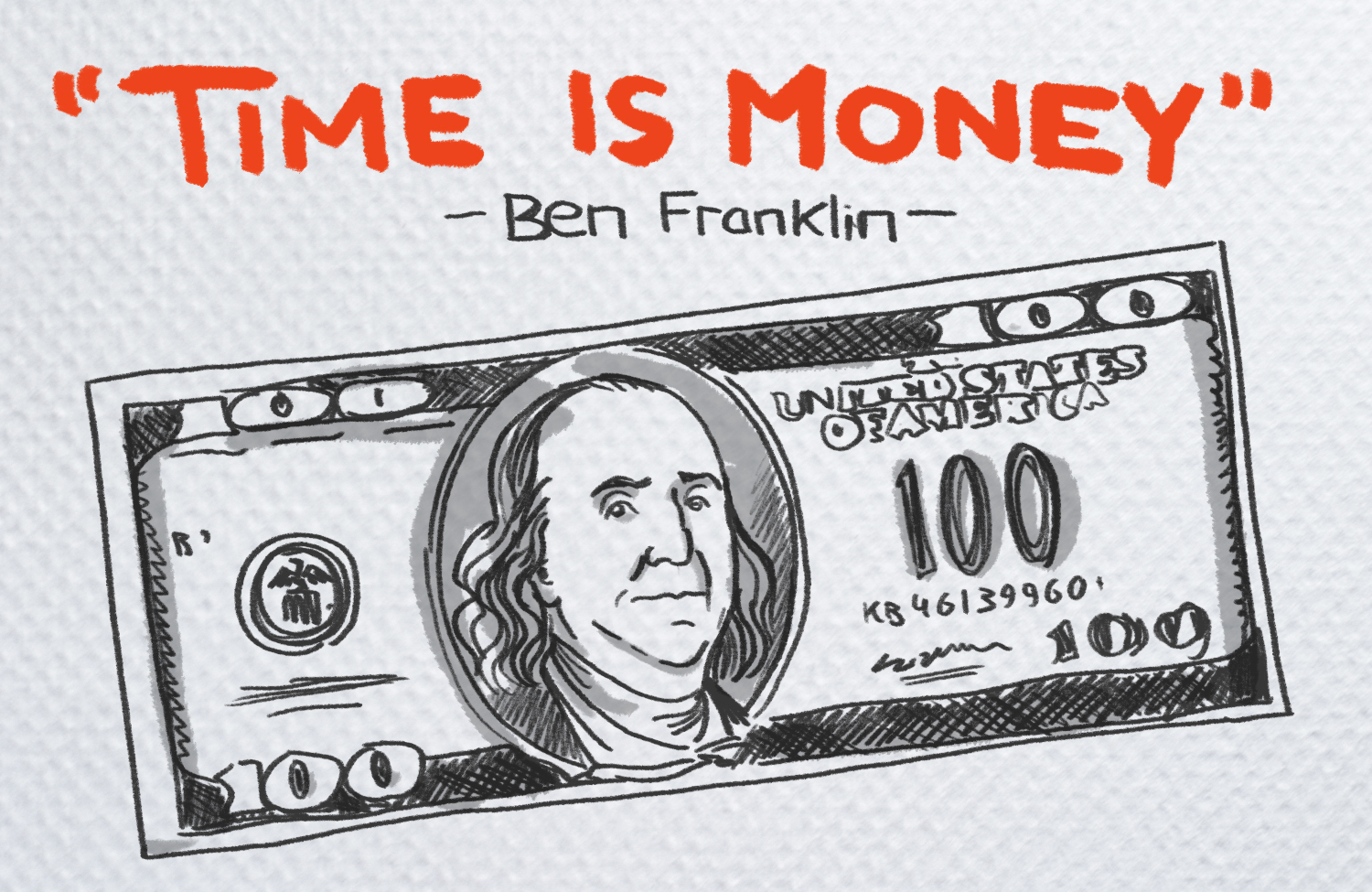Humans have been communicating for thousands and thousands of years. Whether through unintelligible grunts around a prehistoric campfire or with a 1000+ page book of mind-numbing prose, people have important stuff to share.
That hasn’t changed and will probably never change. As long as there are things worth caring about, there will be things worth communicating about.
What has changed, however, are people’s expectations. I’m sure there are lots of contributing factors, but modern audiences have three incredibly high expectations when it comes to how they receive communication.
These days, people don’t have time to be confused. Donald Miller in his exceptional Storybrand podcast says: “If you confuse, you lose.”
It’s true. People are not interested in investing their limited cognitive resources to figure out what you’re are trying to communicate. If it’s too difficult to understand, audiences will simply move on.
Here’s the truth: nobody owes you their attention. If you are not exceptionally clear, audiences will give their cognitive resources to someone who is.
According to studies, the average person gets bombarded with 5,000 marketing messages every day. That’s a lot.
A result of this media onslaught is that people expect to be entertained. Offering entertainment is one way to make your message rise above the other 4,999 less entertaining messages.
To be clear, entertainment doesn’t necessarily mean fun. It could be fun, but “entertainment” is bigger than that. Entertainment simply means interesting. Audiences expect to be interested, or they’ll change the proverbial channel.
Similar to expectations around clarity, audiences have limited time. They expect communication to be as efficient as it possibly can be. And our brains require it. Research shows that the average human attention span is 8 seconds (shorter than that of a goldfish).
Time is the only resource we have that cannot be replenished. Money can be earned back and energy can be recouped. Time is finite, and when it’s gone, it’s gone for good.
Modern audiences expect messages to be quick and to the point. They want to give you as little time as possible so that can spend this limited resource on what matters most. Don’t waste their time by being inefficient.
Given these three expectations, what can you do about it? We have two recommendations:
First, check out Storybrand by Donald Miller. Both the book and the podcast are exceptional resources which will help you craft messages that are clear and honoring to an audience. Having an airtight, vetted and edited “story” behind your message will help you meet audiences’ expectation around clarity.
Second, consider using an animated video to meet expectations around entertainment and efficiency. Video is an exceptional medium that forces you to consider the entertainment value of your communication and to put it into an efficient, timebound package. Whether it’s whiteboard style, 2-D animation, or motion graphics, a video (when done right) honors your audience with entertainment (ie. interest) and efficiency (1 to 3 minutes, tops). And, if you’ve got your story figured out, video is a triple threat of communication awesomeness.
To summarize, the need to communicate important ideas is as old as human society. That’s not going anywhere. What has changed is how society expects to receive that communication. Be clear, be entertaining, and be efficient. Simple as that!
Am I making myself clear?










